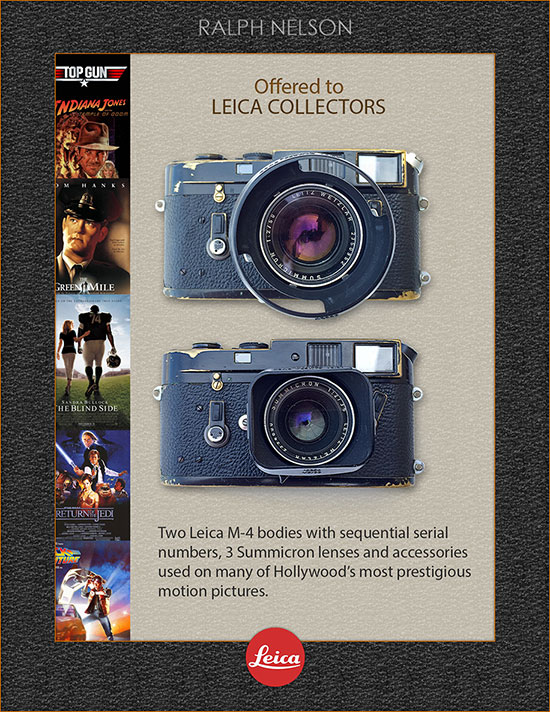Summicron 50Mm F2 Serial Numbers
Summicron 50Mm F2 Serial Numbers Average ratng: 3,9/5 4330 reviews
This article will be constantly updated and sample images added, I promise. Introduction As frequent readers might already know, the Leica Summicron-R 50mm f/2 has been on my radar since the beginning of this Blog. While the Summilux (50mm f/1.4) holds the appeal of being one stop faster, that’s about all that one can say in favour of this lens. The Summicron is several stops cheaper, sports the same build quality, smoother bokeh AND it was designed.
(Just like and the soon to arrive ) A few weeks ago I finally decided to get one, so I started browsing the usual auction sites. Many offers were either way too expensive or it was the 1st generation of the lens being sold (which is ). In the end I discovered, due to sheer dumb luck, a seller on a not so well known platform who sold off all of his Leica film gear at very attractive prices. Among his articles was a 2nd generation Summicron-R 50mm f/2 in excellent optical condition and I simply had to get it. I ended up also buying an Elmarit-R 28mm f/2.8 from the same person, but you can read on.
I asked for a bundle price and he agreed, selling me both lenses at an insane price. (Unless I drop one of these lenses, I cannot possibly lose any money if I ever decided to part with them.) So I went there the very next day to pick up my lenses and am currently waiting for the Leica-R to EOS adapters.
May 14, 2009 - I'm hoping to buy a 50mm f2 Summicron to replace my ZM Planar 50mm f2. Find any info regarding serial numbers relating to years anywhere.
The Lens in Detail My copy was built in Canada, but I don’t mind at all since Mandler worked for Leitz in Canada. The fact that it’s a canadian version also means that I didn’t pay even more for the brand name. According to, my copy is an R-only version, without the 1st and 2nd cam, so it won’t work on any of the Leicaflex SLRs. (I guess it’s good that I bought a then.) The serial number ( 3438216), according to, indicates that it was built in 1987. The build quality is amazing (41mm long, 66mm wide and weighing only 290g) and both the focus and aperture ring are simply perfect to work with. The lens has a built-in hood (like my 135mm and the upcoming 90mm) which is awesome, and the barrell extends slightly when focussed to the minimum focus distance, but the front element does not rotate.
Manual focus is a joy, because turning the ring from infinity to minimum focus distance (which is 0,5m) takes about 270°. The lens barrell shows only few signs of use and the glass is absolutely perfect. Nvidia nforce2 ultra 400 mcp drivers. Looks like new The lens comprises of a simple “6 elements in 4 groups” design, has only 6 aperture blades and costs a hell of a lot of money compared to all other lenses with the same design. You can – with the exception of the Zeiss Ultron – get every other 50mm f/1.8 or f/2 lens out there for less money. But let’s have another look at those beautiful coatings and not worry about the price too much shall we? Beautiful multicoatings In use As soon as I get my adapters, I will go out and use it in the streets so I can report my findings. Sample Images Let’s see how this lens performs wide open against bright light.
The sharpness is simply outstanding! I can’t wait to see how the Summicron performs on my 4 horsemen test.

More Sample Images A few days ago, I went out on a little stroll around the neighborhood with the 50mm and the 90mm Summicrons. I shot all these images wide open, processed most of them using the Velvia 100F preset from VSCO (as a starting point, because I was so happy to finally see the sun for once). I took all pictures handheld and through the optical finder. While I did miss focus in a few cases (user error), I did not feel like I needed to use Live View at any time. I will show 100% crops of most images, so you can see how incredibly amazing this lens is.
As you can see, the lens is incredibly sharp (look at the right half of the crop), but it does produce some CA when facing extreme conditions (the gold plated letters were blindingly bright in the sun). Also, the lens expresses a significant amount of vignetting.
Obviously, you wouldn’t shoot such a subject wide open, so both the vignetting and the chromatic aberrations wouldn’t be much of an issue anyways. Here’s our parliament building, shot at f/8. I have to set up the AFMA on the focus chip, because nothing on this building is actually in focus. As you can see, vignetting is a non-issue, as are the aforementioned aberrations. Lastly, more of an artsy shot, because I love stone roads and tracks: Canon 1Ds mk III, Summicron-R 50mm f/2, @f/2, 1/500s, iso 100. The images I have sold out of this lens, not a single one of the customers wanted to “review a chart” before deciding whether it was worth the asking price or even enjoyable to view for free truth be told, charts are for people who read more than they shoot.